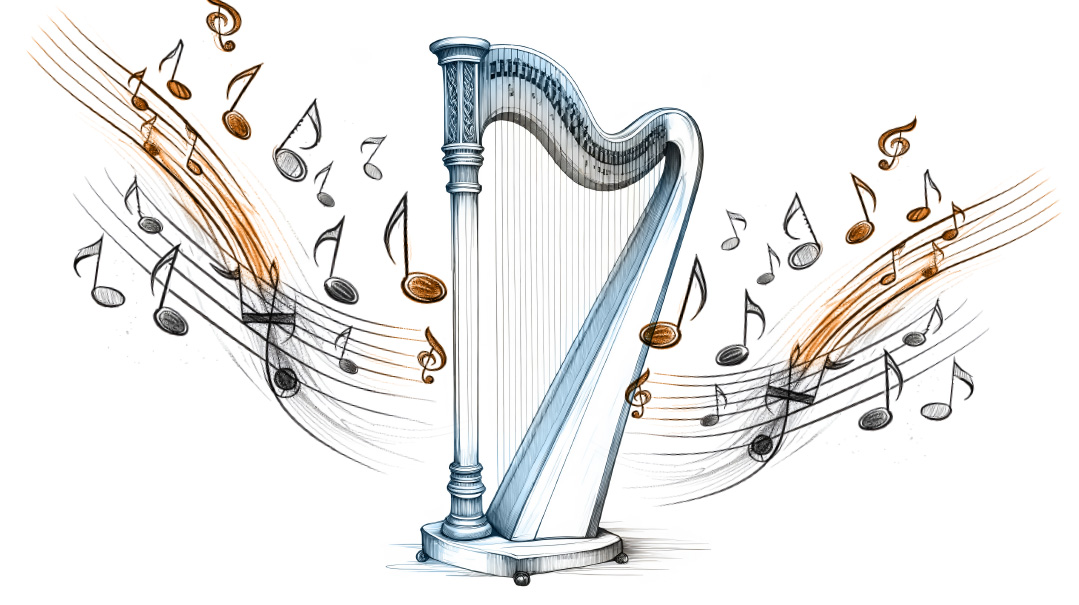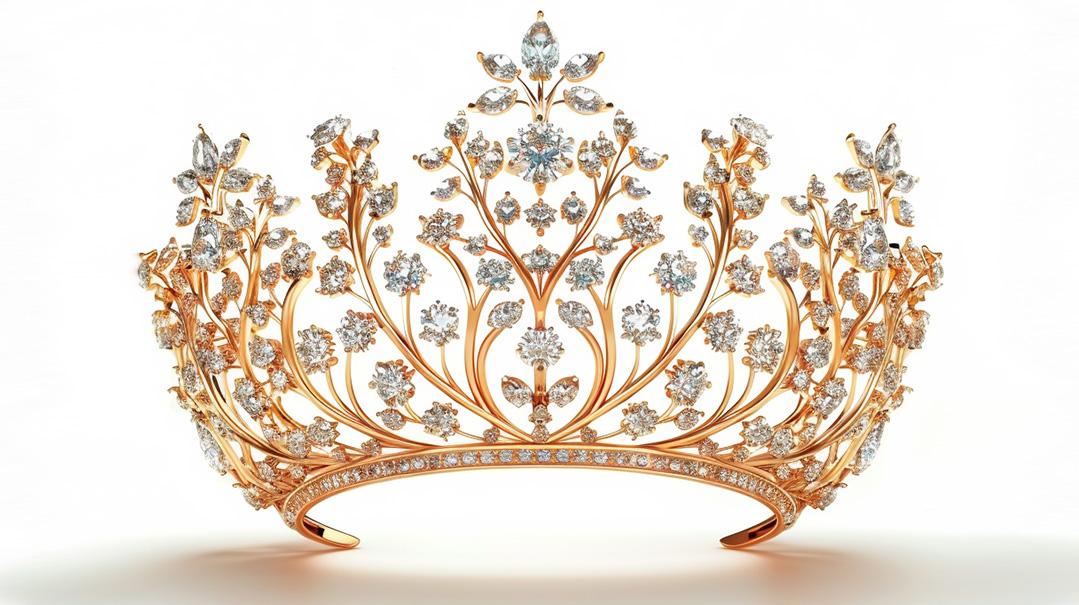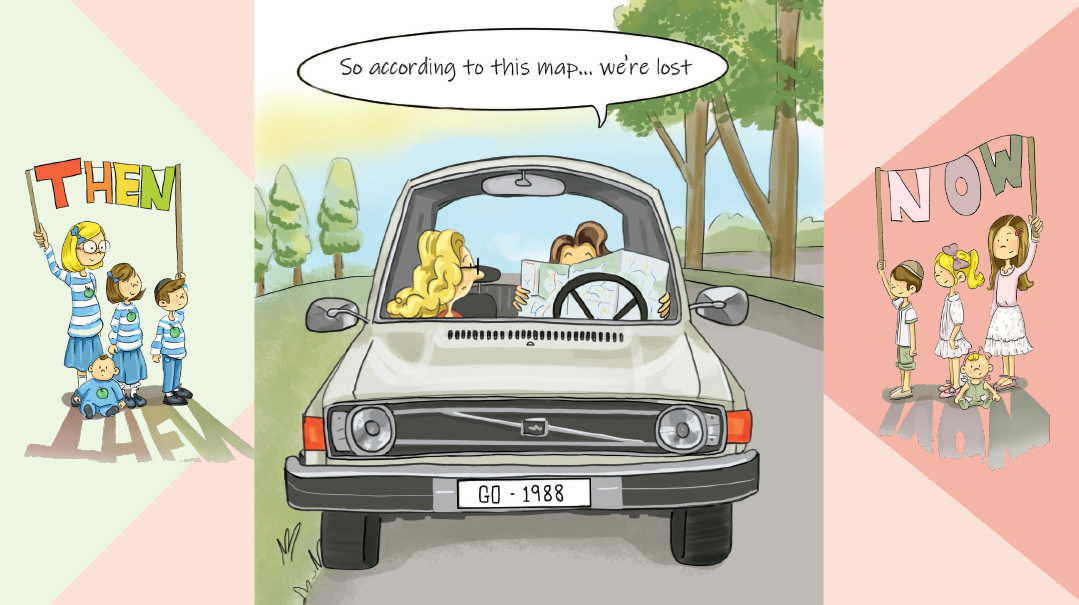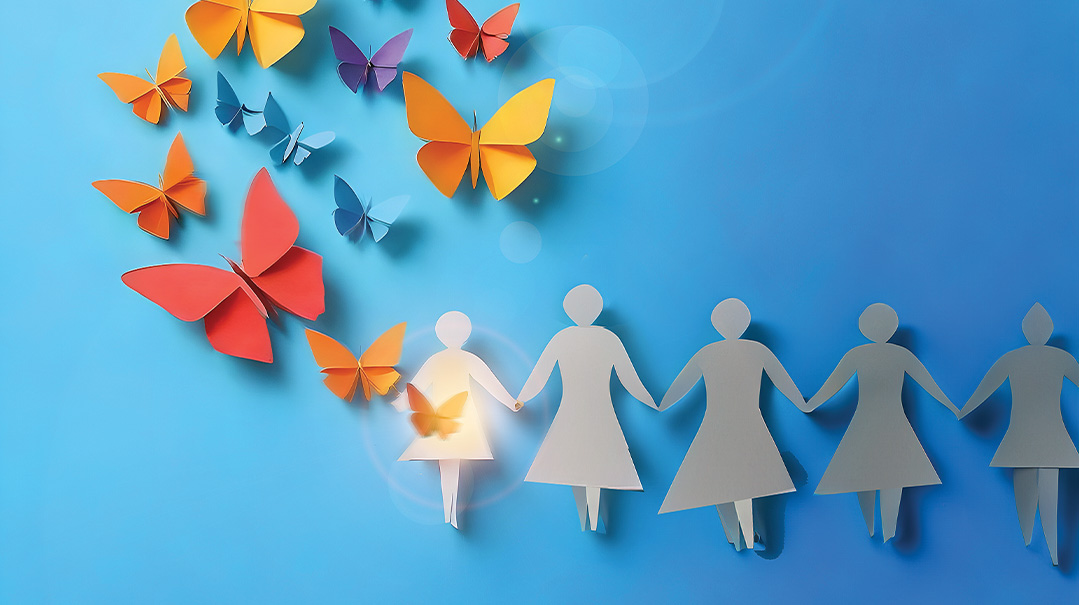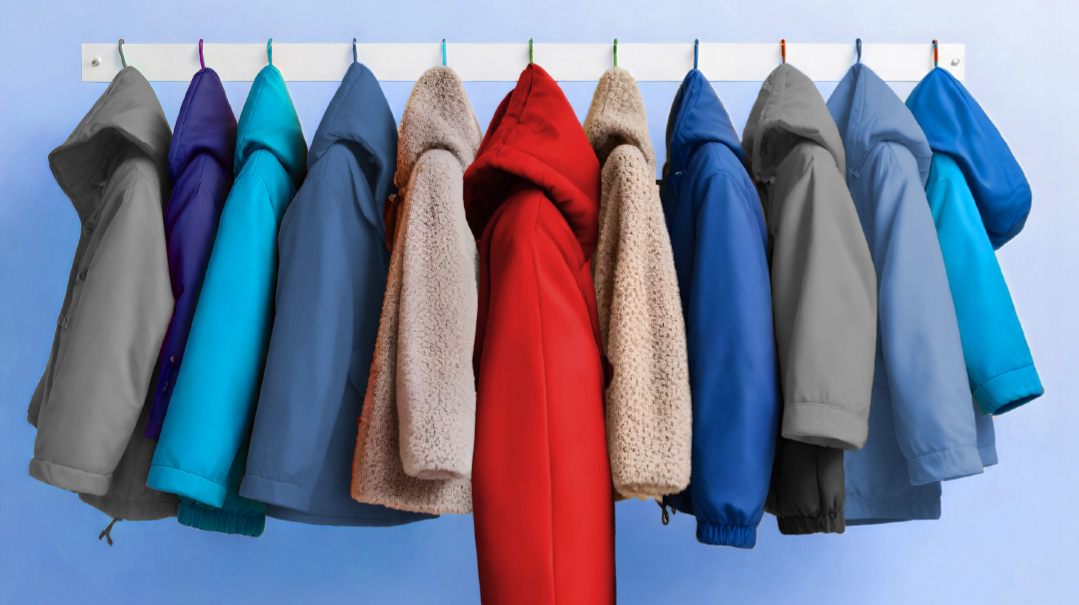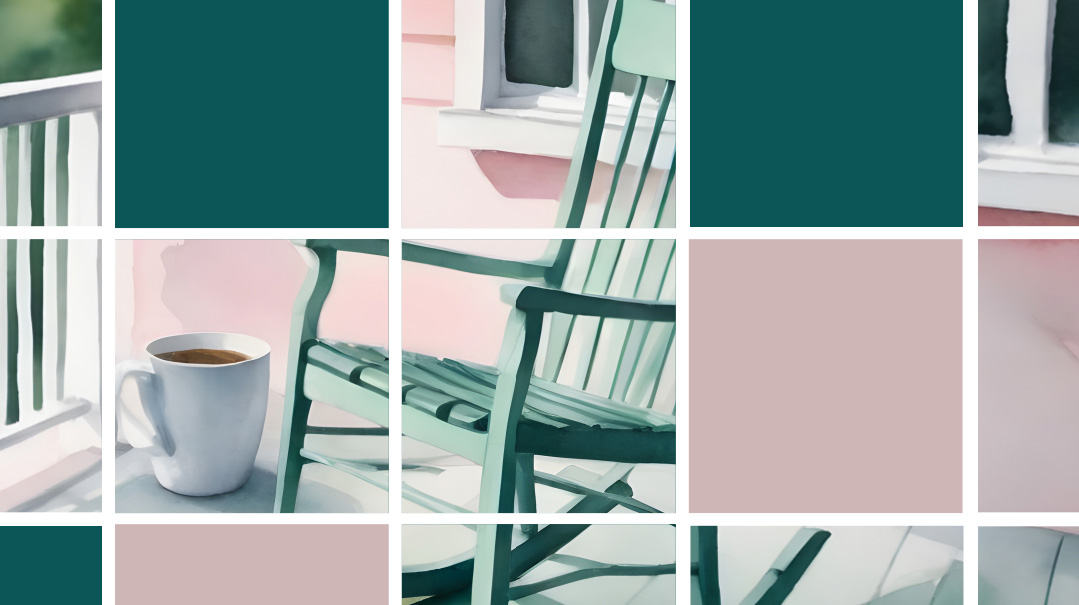Walk in Her Shoes
| August 24, 2021The starring roles shoes have played in ten writers journeys

Steps of Growth
Elana Rothberg
She claims I have to, there’s no choice. She’s coercing me into doing what goes against every grain of my sentimental being.
But do it, I must. She is my mother.
My parents are moving, and she claims they’re not bringing these to their new place.
So I sit there in my walk-in closet, surrounded by shoes: pairs and pairs, a motley collection spanning 15 years. My husband sits at my side offering moral support and gentle insistence.
I begin with the oldest pairs; I assume these will be the easiest to dispose of. My hands trail along the stilettos, the purple snakeskin heels, the strappy gold wedge sandals.
This is the footgear of my high school self, the one who, even within the house, would hover slightly above others — perhaps to compensate for a deep sense of lesser-than. That girl’s fashion flair is familiar, but despite the hefty price tags of her clothing, the affinity for flash feels cheap.
I would never wear these glamorous shoes in my chareidi neighborhood in Yerushalayim. And yet, here I am, missing those parts of me, compassionate to the pain of my younger self.
With nostalgia and a smidgeon of sympathy, into the garbage bag I place them.
On the next shelf there are the remnants of “a brief phase,” as my mother likes to say. There lay my Birkenstocks, bringing with it signs of my hippy parts, clad in long flowy skirts and denim shirts. Those shoes look barely worn-in, and their appearance tells of their brief sojourn on my feet.
This good-bye is easier, even comical. Into the garbage bag they go.
The next shelf jolts a wham of memories so strong, I nearly want to tell my husband we’re bringing these shoes back home with us. These are the shoes I purchased after shanah aleph and shanah bet in seminary: black, staid, nondescript flats. Dusty with the land of Eretz Yisrael, flattened and bruised from miles walking Jerusalem hills.
These aspects of myself feel familiar: the deep desire for ruchniyus, the shunning of gashmiyus, the idealism, the confusion, the certainty of emes. The rigidity of youth, the strong demarcations of “right” and “wrong,” the stubborn, beautiful, maddening focus.
I sense those truths bubbling inside, but now I’ve outgrown those perspectives. Not because I don’t agree, but nuance has shifted my shape; these shoes no longer feel comfortable.
A sense of longing, and perhaps a whiff of regret, takes over. They join the others in the garbage bag.
I look down at my feet. I’m wearing my favorite Sperrys: coral colored, they’re as comfortable as they come. That’s a necessity while running after my brood. I don’t own a single pair of heels. I convince myself that my Sperrys and Toms and Cole Haans are fashionable-enough. I have them in a range of colors: maroon, ocean blue, turquoise green. They match my life.
It’s been a fun trip down memory lane. I thought I’d be saying goodbye to parts of myself; instead, I’ve noticed the integration of so many aspects of my younger years.
By the day’s end, my shoe rack is bare. I feel full.
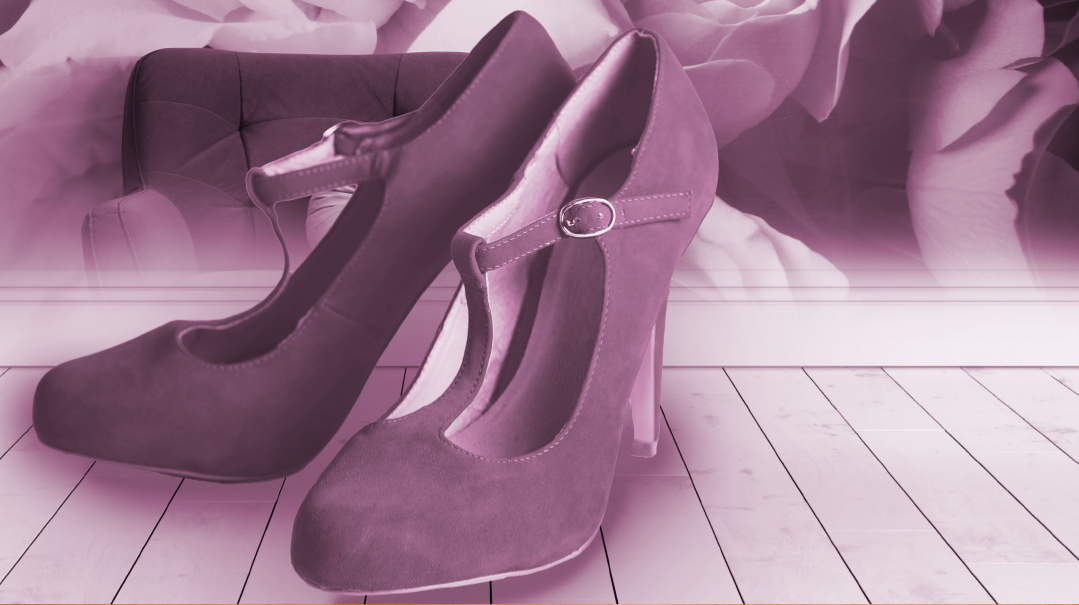
Bar of Elegance
Chavi Weisz
They epitomized another era, a time of careful dressing and social craft. They came, always, with a swish of silky dress and diamond buttons, a layer of musky perfume like a drifting summer cloud heady with flowers. They shone, a softened rich leather, elegant blackness right to the brass buckle of the T-strap.
The shoes had been my grandmother’s. Usually stored in my mother’s wardrobe, they only came out when the evening bag glistened, and the scent of a wedding or other special occasion filled the air.
Lying in bed pretending to sleep, but anxious with excitement, I waited to hear those heels clack down the hallway. My mother, resplendent in her occasion wear, the only fancy dress she owned, would appear at the end of my bed to say goodnight, wafts of perfume settling in my room.
I’d sit up and drink in the coiffed sheitel and silk dress, wonder at the soft vintage gold watch around her wrist.
But most of all, I’d look at the shiny T-bar heeled shoes on her feet, and as they moved toward the door, the memories of my grandmother wearing the same shoes brought bittersweet comfort to a young child.
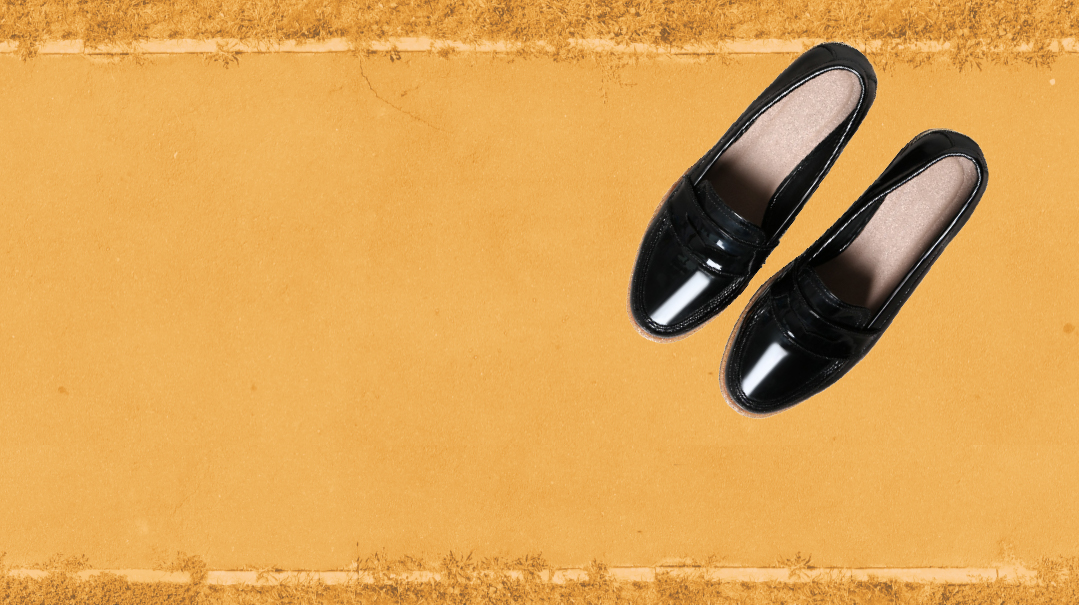
So Shiny
Esther Shaindy Leshkowitz
Every Motzaei Shabbos, my mother would polish our shoes.
Though a mother myself for two plus decades, my level of devotion doesn’t extend itself to a set weekly time for shoe polishing.
Years ago, in the salad days of my motherhood, my approach was suddenly realizing as my kids were leaving the house that their shoes needed polishing, and then chasing them with a shine sponge for a quick touch up. Eventually it occurred to me that it was simpler to have the kids polish their own shoes.
But back when I was a teen, my heart would sink when my mother would ask for my shoes.
They’re fine, I’d tell her. They still look good, I’d say.
It can’t be, she’d answer.
She was right. They didn’t look good — but it wasn’t from a lack of her effort. She’d rub Meltonian polish onto the shoes, and then buff them to a high shine over a sink. The shine was so high I could literally see my reflection in my shoes. It was impossible to miss, and at school, many of my classmates would comment, “Your shoes are so shiny.”
Which was exactly what I sought to avoid.
In retrospect, I realize the shiny comments were said with awe and admiration, but at the time, I was a teen, and I didn’t relish the attention paid to my shoes. In fact, I looked for shoes that had the least distinguishing features.
Pointy or square toes were out, as was any color other than black. The shoes that most satisfied these stringent credentials were the black Bass loafers I wore at the beginning of high school. The single concession I made to my shoes’ individuality were the pennies I inserted into the slots.
Any time someone commented on my shoes, I wanted to hide my feet. While hands get pockets, feet do not, and I had to find some other solution to making my shoes less obtrusive. I took to scuffing my shoes on the way to school every Monday morning. I gently scraped the fronts on the pavement or bricks of raised gardens. It wasn’t enough to ruin the shoes, but enough to give it a lived-in look and a fine patina of dust. By the time I got to school, my shoes looked perfect.
My mother and I were actually working toward the same goal — making me look good. We just had different ideas of how to achieve that goal.

Forsaken Heels
Chasi Shochet
I don’t wear heels, at least not anymore.
There was a time when I loved them. They forced me to stand tall with perfect posture that would make my bubby kvell. They dressed up any outfit, and they made a wonderful click-clack sound that felt so… adult.
So of course, I planned to wear heels during shidduchim.
Before my first ever date, I brought my favorite pair to the repair guy and asked him to double check the taps, just in case. As he fixed the soles and buffed the leather, I imagined all the places those shoes and I would go. Dates, then a l’chayim, and a vort, sheva brachos.
The nice bochur walked into my house and all those plans went out the door. There was no way I could meet him in heels — unless I was okay being a full head taller than him. While he and my father discussed learning and the weather, I ran to my room for the flattest flats I could find. Then I threw the heels into the bottom of the closet, grabbed my clutch, and walked out to meet him — without the click-clack I’d been so excited about.
The next time I had a date, I asked my mother to find out beforehand how tall he was. Could I wear heels?
Six feet, the shadchan said. Some quick math (I’m five foot seven plus three inches for heels), and I figured I’d be in the clear.
That’s the date when I learned shadchanim have their own metric system. Six feet is really closer to five.
With the next guy, my mother asked the shadchan for “an honest answer.” The shadchan sighed and said, “He’s five foot seven.” Then, before my mother could respond, she made sure to add, “But don’t worry — with his hat he’s five-ten.” And when we arrive at the hotel and he takes his hat off? How tall would he be then? Again, I left my heels at home.
Too many guys and not enough tall ones later, I just assume I won’t be able to wear heels. It’s not even worth the breath of asking, and besides, forget heels. These days my mother thanks Hashem if I don’t go on a date in sneakers.
I probably should give all the heels away. They’re beautiful, only slightly uncomfortable, and maybe someone else could use three inches of height.
But I’m still safeguarding the pile in the back of my closet. I don’t wear heels — but somewhere, deep down, I have faith that maybe, just maybe, one day I will.
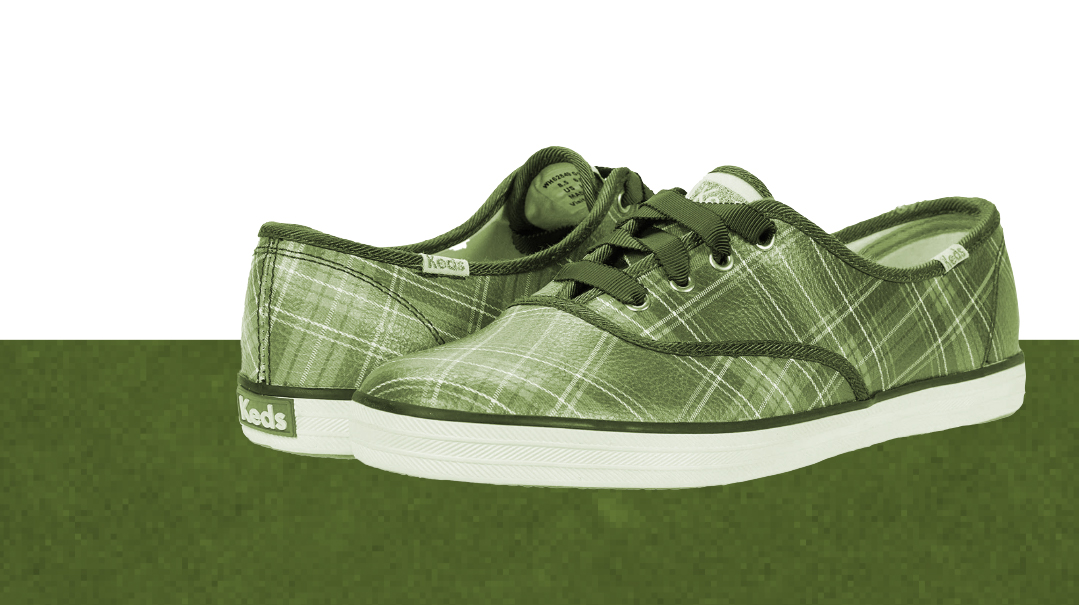
The Keds
Rachel Newton
I pined after those Keds everyone had.
(When you’re 11 years old, “everyone” probably means about five girls in your class, but if you’re not one of those five girls, it’s social suicide.)
They were sleek white leather decorated with multicolored rhinestones, each surrounded by starbursts of tiny stitching in metallic thread. My heart ached with longing for them. I’d walk behind the lucky wearers of those Keds, watching the coveted blue label twinkling in a mesmerizing rhythm, right, left, right, left, and imagine they were mine. Right, left, twinkle, twinkle.
Then I’d look down at my practical, perfectly normal sneakers and sigh. No way were my parents going to fall for, “I need them, everyone has them, please, please, please, I won’t ask for anything new for another year, it will be for my birthday. Please, please?”
The voice of reason was completely lacking at age 11 — Keds weren’t even allowed in school. We’re talking about Sundays. Vacation. An occasional school trip.
But something must have penetrated, or maybe I just broke them with my persistence.
I can only imagine the relief my father felt, dreaming of an end to the pneumatic drill that was his daughter’s pleading, when he walked past duty-free stores on a trip overseas and saw the blue label so eloquently described by said daughter.
He beamed, and I barely breathed as I was gifted with a sleek white box with blue lettering — the color of my dreams.
I ran upstairs and sat on my bed, box balanced on my knees. To open the box now or to prolong the anticipation?
Now… who could wait?!
I pulled the lid off, gently set it aside. Removed the layer of tissue paper.
Nestled neatly in the box were a pair of canvas Keds. A blue and red tartan material so ugly I recoiled. I picked up one monstrosity, oh, the blue label was there, mocking all I had ever held to be true about Keds. No sleek white, no purple and green shiny stones.
And they were too big.
(My poor father. How was he supposed to know what to choose from the massive array of beige-soled, white-trimmed shoes? It said Keds. He bought Keds. Added on a size just in case.)
I shoved the lid back on the box and stuffed it under my bed, hoping I would wake up from this nightmare and open the lid to discover the Keds I really wanted.
The canvas eyesores were still there the next day. And the next.
One thing I can say about Keds. They last an awfully long time.
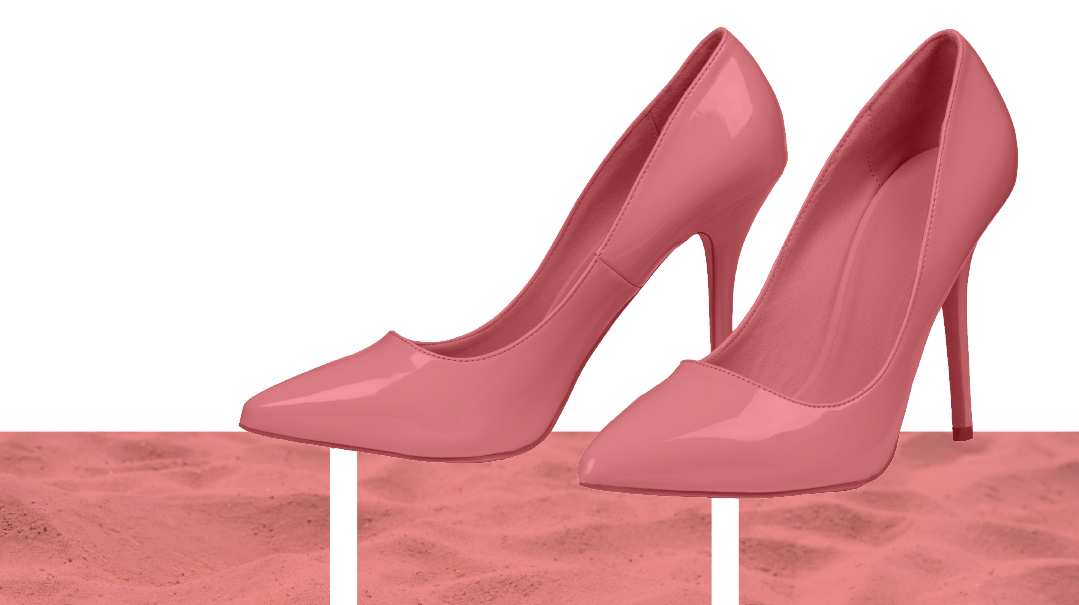
The High-Heeled Rebbetzin
Ariella Schiller
They called her the “High-Heeled Rebbetzin.” She visited the Shul on the Beach only once, yet the good people of Venice, California, coined the moniker for the tiny blonde woman who wore heels in the sand. That’s how unforgettable she was.
She was called many others things over the years: shadchan, professor, Shakespearean-expert, author, Aunt Jeanie, Ma. But to me she was Savta.
It was Motzaei Pesach. The china had all been packed away, the glory of the past eight days encased in newspaper and bubble wrap, the memories already fading.
And no one would buy us pizza.
My brother and I, martyrs that we were, pulled out matzah and tomato sauce and cheese and self-pityingly settled down for some good old-fashioned matzah pizza. We joked, we ate, we bentshed, we went to sleep.
And then Violet was pounding up the stairs, shouting my mother’s name. We stumbled out of bed, tousle-haired and wide eyed, as paramedics wheeled Savta away.
One week later, she was gone.
I knew her as Savta, beautiful, soft, warm… old. I wonder what she was like as the High-Heeled Rebbetzin. Would we have been friends, had time warped somehow? Would she like me, as an adult, as a woman?
I’d like to think yes. I peruse my own collection of heels, abandoned in favor of flats and sneakers and slippers. I’m a mommy, and besides, the streets of Jerusalem aren’t exactly conducive to heels.
But every now and then, there’s a wedding, a bar mitzvah, a vort. And I slip on stilettos, straighten my back, and wonder what the High-Heeled Rebbetzin would think of me now.
Sometimes I embody her, open my home, my heart, to the world. Sometimes, I can’t understand her; I’ve been burned, and I shun humanity.
But every year, Motzaei Pesach, I think of Savta, blue eyes, gentle smile, warm hugs. My brother and I reminisce, remember, laugh. And neither of us have touched matzah pizza since.
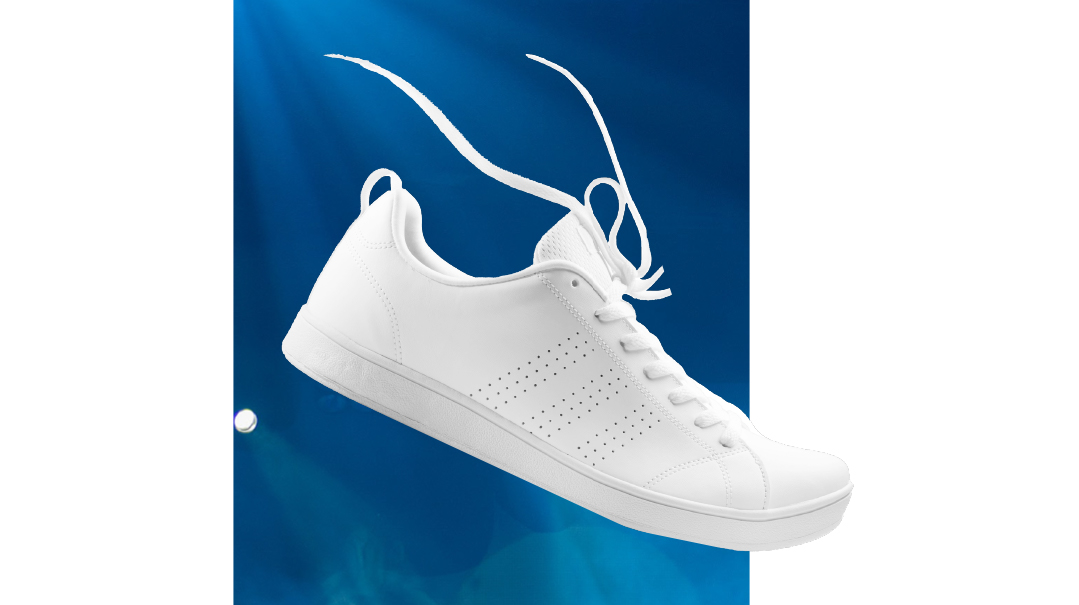
Love and Longing
Batya Zuckerman
“Look! I finally found a store that had my size.”
My son walks through the front door and over to the couch where I’m sitting, and sticks out his foot, now clad in brand-new, bright white, leather Adidas sneakers.
I knew he would buy white — it would have been ridiculous for him not to. Nonetheless, it squeezes my heart. When he stands here in front of me in his jeans and T-shirt, does it really make a difference that his shoes are white instead of black? It’s just that during this very long year, I’ve watched my son slowly shed the appearance of a yeshivah bochur, and the shoes were the last item to go.
My sadness and pain will not rid my son of his, so I focus on the one thing he can’t change — his face. When I look at his face no one has to tell me to love him unconditionally. I can’t help it. Even if I wanted to stop loving him — which I sometimes wish I could — it’s beyond my ability.
So I laugh with him. “What size are they? You’re only 16! What if you’re still growing? How will we ever find you shoes that fit?” I tease.
He laughs back. He’s nearly six feet tall. He’s proud to be this big, proud he can’t find shoes that fit.
“I went into every store and asked if they had anything in a 48 and they all kept telling me no, until I found these. These are literally the only shoes in my size.” He’s trying to sound exasperated, but he’s clearly happy.
Size 48, a US 15 is big, but it’s not that big, is it? Or maybe in Israel, it is that big, even though in the US it wouldn’t be? Am I reading too much between the lines, or is he trying to placate me? He wants me to believe that he only bought white shoes because he didn’t have a choice. He wants me to know he’s not trying to hurt me.
That I know — he doesn’t want to hurt me. He’s just trying to fit in with the group that accepts him, trying to fight his demons the only way he knows how. He’s a good boy with struggles.
My struggle is to live with the dichotomy — to love and accept my son exactly as he is, while investing every ounce of myself begging Hashem for change. It’s not easy to desperately, profoundly wish he could just walk out the door for the new zeman along with his brothers, hat and jacket reflecting his internal convictions while simultaneously feeling at peace with the boy I see in front of me.
And if I manage to do that, those white Adidas sneakers will take him exactly where he needs to go.
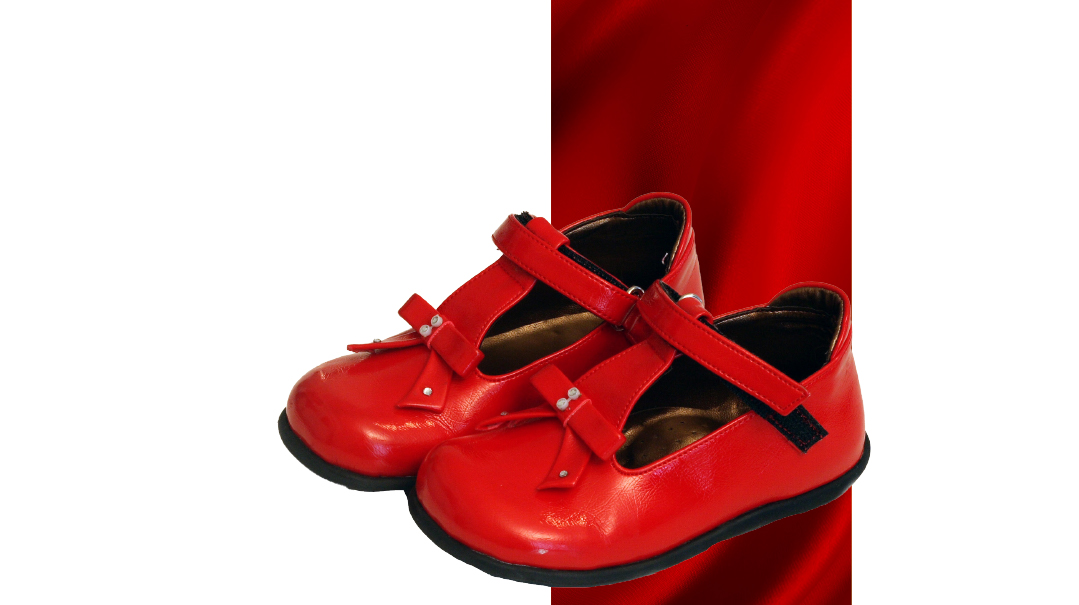
Scuffs
Roizy Baum
The lines are snaking out the door. And I thought I was getting in early by shopping for school shoes in July. I mean, if the pools are packed to capacity, shouldn’t the shoe stores have some wriggle room?
The pink ticket is getting damp in my palm. Once my number is called, the process is quick. I know it’s red Mary Janes. Patent leather, of course. My daughter, good girl that she is, loves them. It’s basically the same purchase as last year — and the year before — only 20 bucks pricier. (Thank you, Zaidy Biden and elter Zaidy Trump. I owe it to you.)
The next morning, she already wants to wear them. “Ma, I want to wear the red dress with the apple. It matches perfectly with my new shoes.”
She’s not scuffing her new shoes just yet. “Frumie, you want them to be brand-new for your first day, don’t you?” Her eyes, marble blue, flicker with understanding.
She wears her worn-out tan sandals with the red dress instead.
I’m busy peeling mushrooms when a sweaty Frumie runs into the kitchen. Can she please have a drink because she was on her bike for a hundred hours and is thirstier than people who live in the desert? I stop to look at her red, flushed face and realize her shoes are red, too. Red and patent leather and badly scraped.
I’m not sure what to wipe first — her sweat, her shoes, or my tears.
Yes, I crave the first-day-of-school freshness of spear-like pencils and telltale iron marks and unscathed shoes. Am I not entitled?
And suddenly, my mind conjures an image of another pair of shoes. Black, bulky sneakers.
It’s “my” Shabbos and I’m getting Bobby ready for bed. Bound to a wheelchair since MS robbed her of the luxury to walk, uber-independent Bobby has been forced to rely on the help of others.
When my turn comes to be added to the roster of grandchildren replacing the aide on Shabbos, Bobby trains me in. Her dignity and poise remains as she explains the details using only her eyes and mouth; her hands are already paralyzed.
The instructions are long, and I’m worried I’ll forget a thing or two. Bobby senses my lack of confidence and affably assures me she’ll be there the whole time in case I needed a reminder. “I’m not running away, you know.”
We chat as I replace her impeccably styled wig with a turban. Then I wriggle her spindle-like feet out of her shoes and put them gingerly in their designated place. If placed even slightly imperfectly, I know, it will irk the perfectionist within her.
“Did you get new shoes, Bobby?” I ask as I look at the flawless leather, nary a scratch.
She laughs good-naturedly, and although it’s dark in her bedroom, I’m sure I can see her eyes sparkle. “Why would I need new shoes? When was the last time you saw me walking in them?”
In my kitchen, Frumie is impatient. “Ma, can I please have a drink?”
I swallow, reach for a cup, and fill it with cold water. “Remember to make a brachah, zeeskeit.”
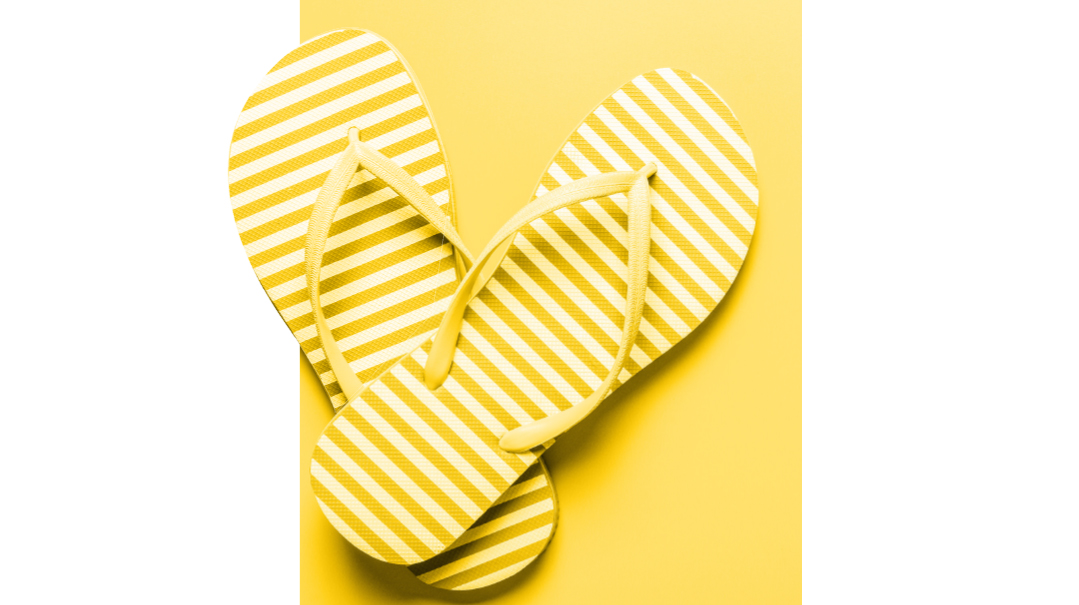
A Rule for That?
Musia Slavin
“I can’t believe it. There’s a rule about tying shoes?”
It was a question I got at least once a summer when I was a madrichah in a baal teshuvah seminary. Kosher, we get. Tzedakah, we understand. Tefillah, we can relate to. But rules about tying shoes? “Isn’t that… restrictive?”
Allison, Nikki, and I were sitting on the patio outside the dorms. I thought about her concern. I’d never questioned it myself. I was born into this life and raised with these laws. We search for the meaning and seek out the depth, but if the halachah says left before right, then that’s what we do.
“It’s so crazy to me that people actually follow all this,” Allison said. Her voice was kind. She wasn’t judging, but she was wondering. “I don’t know if I can live with so many rules.”
Nikki nodded, then she thought for a minute. “Actually, sometimes structure is helpful.” She mentioned her job as a preschool teacher. “My students do so much better when they know what we expect of them. Maybe rules aren’t all bad.”
I thought of an example my sister once shared. Two people in a forest, trying to find their way through the thick foliage and make their way home. One had a GPS; one was completely on his own. “Who was better off?” I asked Nikki and Allison when I repeated the mashal. We played both sides of the story, but in truth there was just one answer. The man with directions would make it home sooner — and safer.
So no, I don’t find halachah restrictive. Without it, I think I may feel lost. What am I supposed to do? What happens next? Halachah guides all that. There’s a method to the madness, a reason the right comes before the left. And even when we don’t know the why, we know that it’s there.
We’re not trailing blindly, hoping to find our way out. We have a guidebook, one we know will bring us home. We’re here to build a better world, and halachah shows us how.
Allison stood and slid into the flip-flops she’d kicked off a few minutes before. Right foot, then left foot.
She looked at the two of us and smiled. “Did I do it right?” She laughed. Then the three of us walked toward the classrooms. We may not have known what was up ahead, but at least we knew the path.
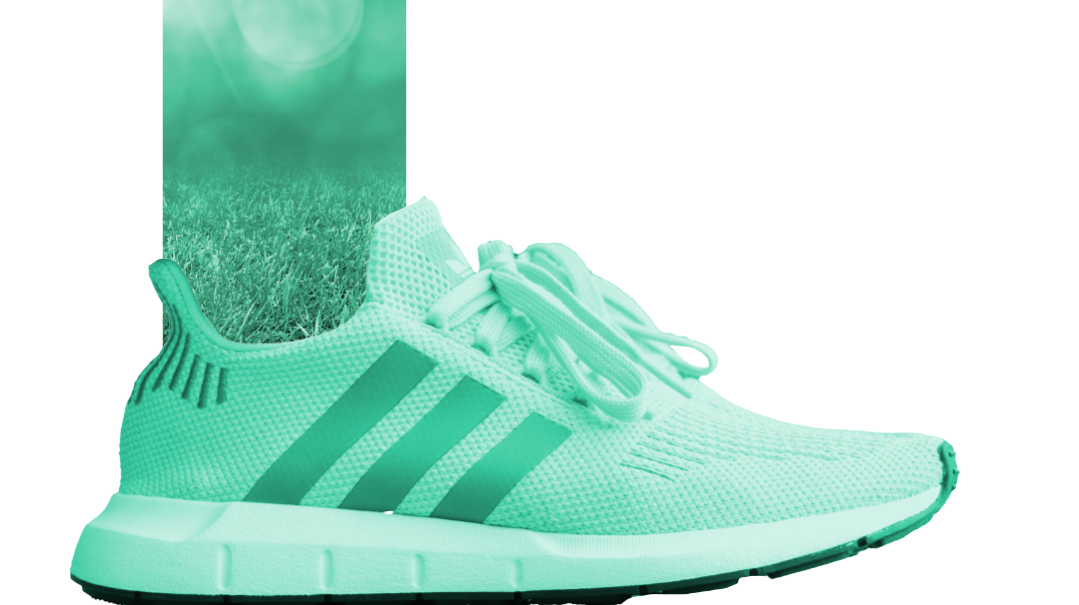
Adios Adidas
Chaia Frishman
The sneakers stare at me: neon orange, bright purple, muted teal, soft mauve, black.
And that’s just the row on the top shelf.
The shoe section of my closet hosts one pair of heels (black, of course,) four pairs of flats (interchangeable for Shabbos and weekday) and a bunch of Uggs from various years. Some bought, others inherited.
But oh, the athletic footwear. I won’t say exactly how many pairs I have, but it’s more than ten and less than a hundred. Not that I wear all the running shoes all the time, but to give you a visual I’ll say that the Garmin app on my phone allows me to register which running mile was run with which pair of shoes. That way I know that when I hit the number of miles that means it’s time to retire the pair. (Retired running shoes become hanging-around sneakers because we can’t put Old Faithfuls out to pasture now, can we?) Thousands of miles have been logged over the years. Three hundred fifty seven so far on my pair of cranberry Ghost 13s.
Today I look at my shoe racks, and the rainbow-filled shelves mock me. I’ve just been informed that my recent exhaustion during and post running has nothing to do with the 25 plus miles per week, nor my insanity of trying to beat my current pace. My doctor said the blood test results revealed I have an unexpected, but not life-threatening, virus. The symptoms are similar to mono, but not contagious or dangerous.
Ha. Not dangerous. Clearly you haven’t seen me on days I can’t find time to run no matter how hard I try to squeeze it in. That’s proof of the danger to my mental health.
A morning that doesn’t begin with a lace-up and a jaunt with my running partner, Rivky K., to the boardwalk at five a.m., or a quick hop on the treadmill even earlier, has always felt unaccomplished.
My running isn’t just about proving I can do hard things. The progress and setbacks I experienced during training have carried over into my life as a teacher, business woman, and of course, mother. Lessons that tell me to stay on course, to mix up training to reach all of my potential. Clearly now Hashem was saying, slow down, Chaia, and heal. That’s the real path to getting faster.
So don’t judge my need to become one with the sunrise and my Brooks GTS18s. They give structure to my morning by encouraging me to get up and get going.
So long Ghost 13s. Adios Levitates. L’hitraot Glycerins. I’m taking a (hopefully short) hiatus from you. Every step I’ve taken ‘till now was a gift from Hashem. Who knew sleeping late can preclude multiple daily naps?
Note to shoes: Don’t get too comfortable. I’m coming back. Note to self: Hashem is sure to let you know when that time will be.
Humility, for the time being, will replace my post-run protein shake.
(Originally featured in Family First, Issue 757)
Oops! We could not locate your form.

